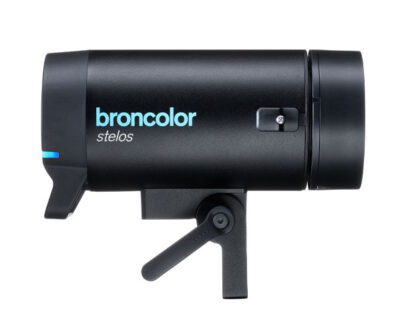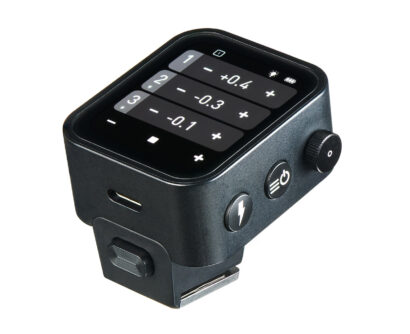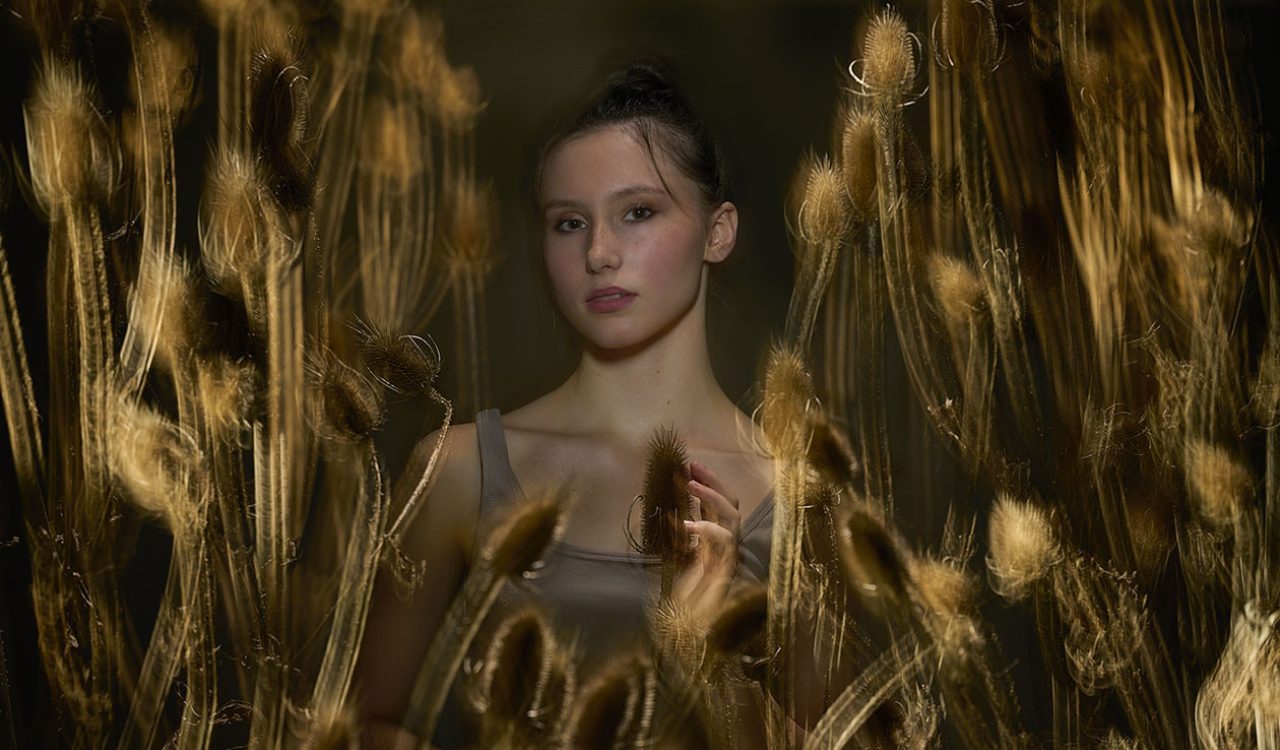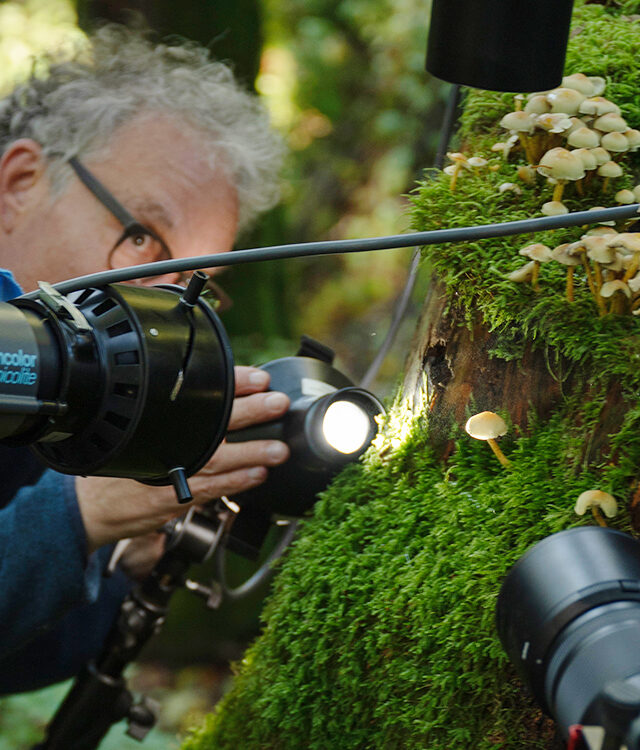We had Suzy in our studio. At first, we realized so-called pay-shots, but afterward we wanted to experiment with unconventional styles, light directions, and shapers. Our choice was the Litepipe P, mounted on the Stelos compact unit.
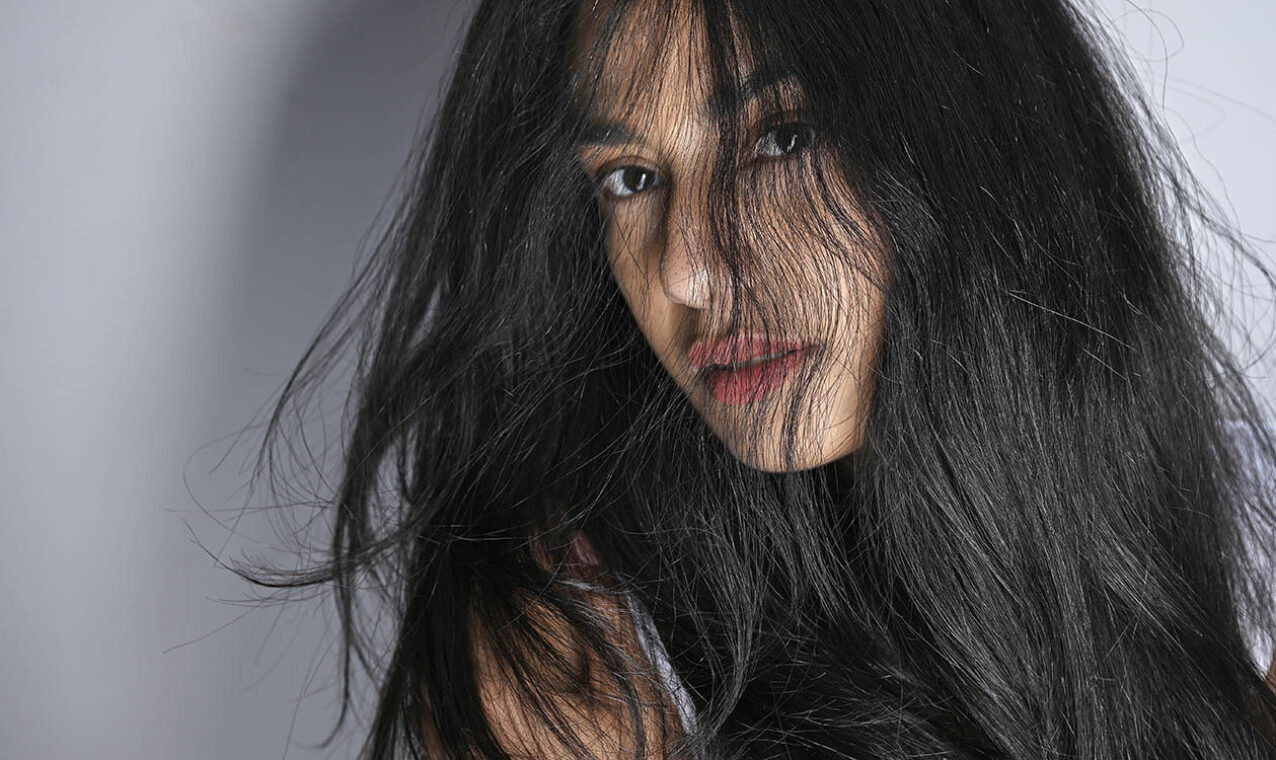
The Litepipe P combines characteristics of two more familiar light shapers: on the one hand the strip softbox, on the other the broncolor Balloon, a diffusing plexiglass sphere with a diameter of 50 cm. The Litepipe P’s form also resembles that of a narrow, elongated softbox; its construction (“single-ended” being the keyword) enables completely different handling. This allows even the tightest spaces to be illuminated, or—as in this example—the photographer can virtually “embrace” the light. Light and camera can get arbitrarily close to each other.
The area near the lamp (Stelos) is brighter in the Litepipe P and tends to act as the key light—here it was roughly positioned at eye level. The remaining part of the shaper acts more as fill light, diagonally from below left.
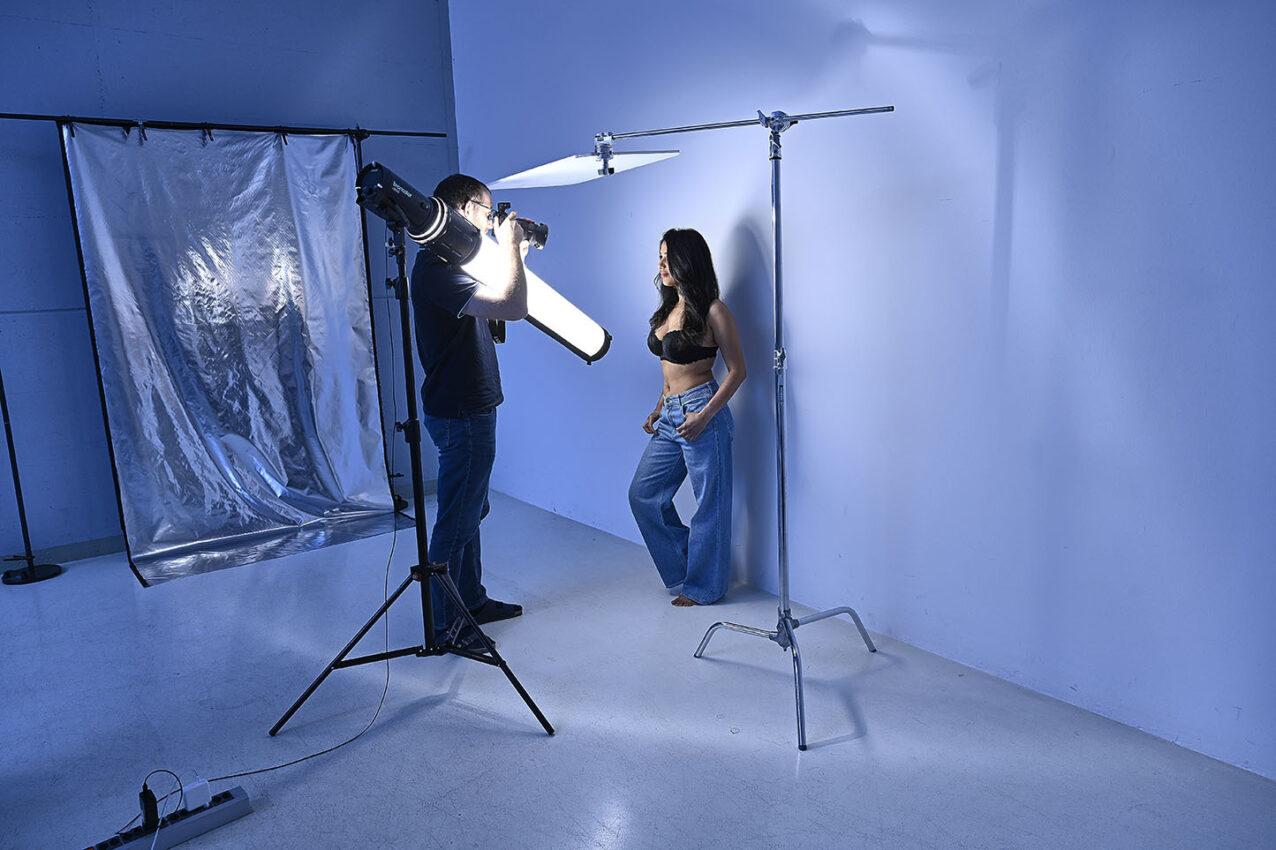
Thanks to the supplied counter reflectors, the Litepipe P’s light aperture can be narrowed almost at will. This reduces indirect stray light in the studio (and shifts the Litepipe P away from the typical broncolor Balloon characteristic). In the setup shown here, the distance between photographer and model was small, which meant that even without this beam-angle limitation the contrast was already high. A small white reflector therefore additionally brightened the shadows slightly, without disturbing the primary light direction “from below.”
Camera and settings: mirrorless full-frame camera, focal length 46 mm. ISO 100, aperture f/4.5, shutter speed 1/160 s.

